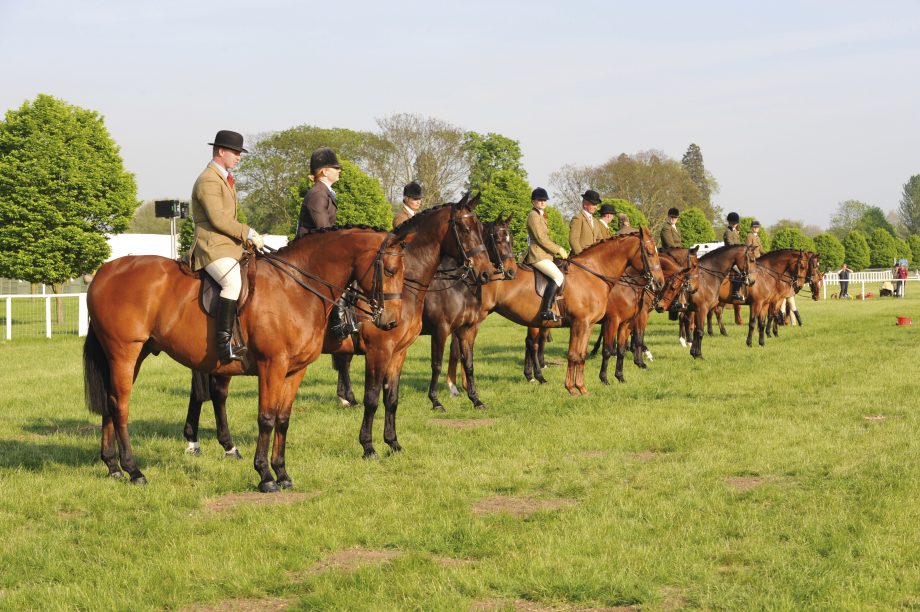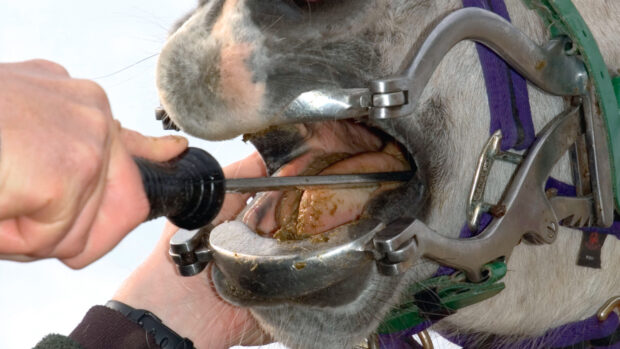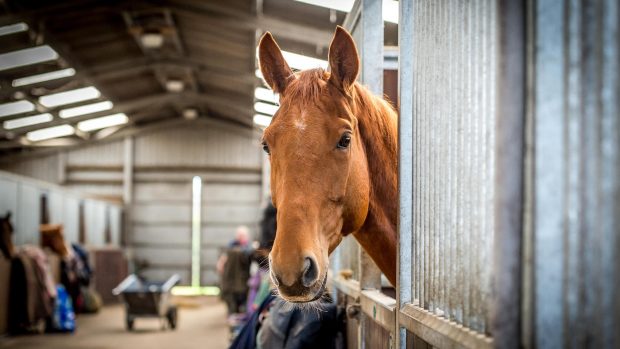When you’ve found a horse or pony to take the showing world by storm, a pre-purchase veterinary inspection is both a precaution and an investment. But while you’ll find out whether or not your future star is likely to stay sound in the ring, don’t expect to discover whether it should be top of the line.
John Killingbeck MRCVS is a member of the FEI veterinary panel and an examiner for the Worshipful Company of Farriers, and has a wide knowledge of showing. As he explains, vetting is about soundness and suitability for purchase for a particular job rather than ability — and that applies as much to showing as to less subjective disciplines such as eventing.
“My job is to make sure a horse will do the job, not that it will win,” he says. “When I vet a horse, I’m doing it on someone’s instructions; it isn’t the vet’s responsibility to criticise their selection and, in the case of a show horse, you must be careful to remember you’re employing a vet, not a judge.
“It’s up to you to decide whether a horse fulfils criteria such as being true to type and if you aren’t confident that you can do that, it’s a good idea to get a knowledgeable showing person to advise you before you go any further.”
John stresses that good communication between client and vet is vital.
“How critical I am will depend on the discussions we have had,” he says. “For instance, I might point out that a horse has a small windgall that won’t compromise its use or soundness, but may count against it in the ring.”
He says it is important judges and exhibitors understand that good conformation means more than a pretty picture.
“It is the basis of soundness,” he explains. “Good basic anatomy has proven reliable in avoiding injuries and maintaining soundness. The feet are perhaps the most important area of conformation and their significance is not always fully appreciated — the foot is still the most common site of lameness in horses of every type.
“Another example is that short cannon bones are preferable because they mean the horse will also have shorter and stronger tendons.”
John points out that showing involves an assessment of type, conformation, performance and production and judging is very subjective.
“On some occasions, a horse with good conformation but a minor blemish may stand below a horse with less good conformation, but which is blemish free. On another day, the positions may be reversed,” he says.
However, there are some faults of which he will take particular note when vetting a horse.
“A type of conformation I particularly dislike is the very straight hindleg, particularly in a young horse,” he says. “It predisposes the horse to locking stifles and also excessive flexion in the fetlock, particularly if the hock and stifle flex less than normal. This may not lead to lameness, but can lead to the early onset of blemishes, which can blight a show career.”
Another type of conformation he does not like to see is a pastern that is too long.
“Horses with very long pasterns will give you a comfortable ride, which is an attribute in a show horse, but this is because there is more movement and flexion,” he says. “Again, excessive movement through the fetlock can give rise to accelerated wear and tear.”
A blemish or injury that might not be of significance when vetting a horse for another discipline can be much more detrimental to the prospects of a show horse. John says curbs — swellings at the back of the hock caused by strain of the plantar ligament — are a good example.
“In more than 30 years of practice I’ve seen hundreds of curbs, but less than 10 horses in whom curbs caused lameness,” he says. “In a competition horse, I wouldn’t be concerned by their presence, but in a show horse, they could significantly affect the horse’s prospects in the ring. It is therefore important that the client is advised accordingly.
“What is of paramount importance to long-term soundness is the conformation of the hock and the limb as a whole.”
He says purchasers must remember that buying a good-looking, good-moving horse is only the first step on the road to glory.
“Production plays a huge part,” he points out. “A showing judge isn’t vetting a horse for soundness, he’s judging it on conformation, type and ride. Some producers are very good at educating horses and turning them into mannerly rides, which gives them an advantage over someone who has a horse that may be equally correct but is not so well produced.”
A top show horse has all the definable attributes plus the magic of presence — the “look at me” quality. This doesn’t always go hand in hand with an easy-going temperament and such horses may be sensitive or even difficult in the wrong hands.
Although a vetting centres on a horse’s suitability for purchase for a particular job, it does not include an assessment of whether the purchaser will be able to get the most out of it.
“What I would say to a client, especially when vetting horses for young people, is to make sure that they have tried the horse to a satisfactory extent,” says John. “I can vet it for suitability for a job, but not for temperament and suitability for the purchaser.”
- This veterinary feature was first published in Horse & Hound




